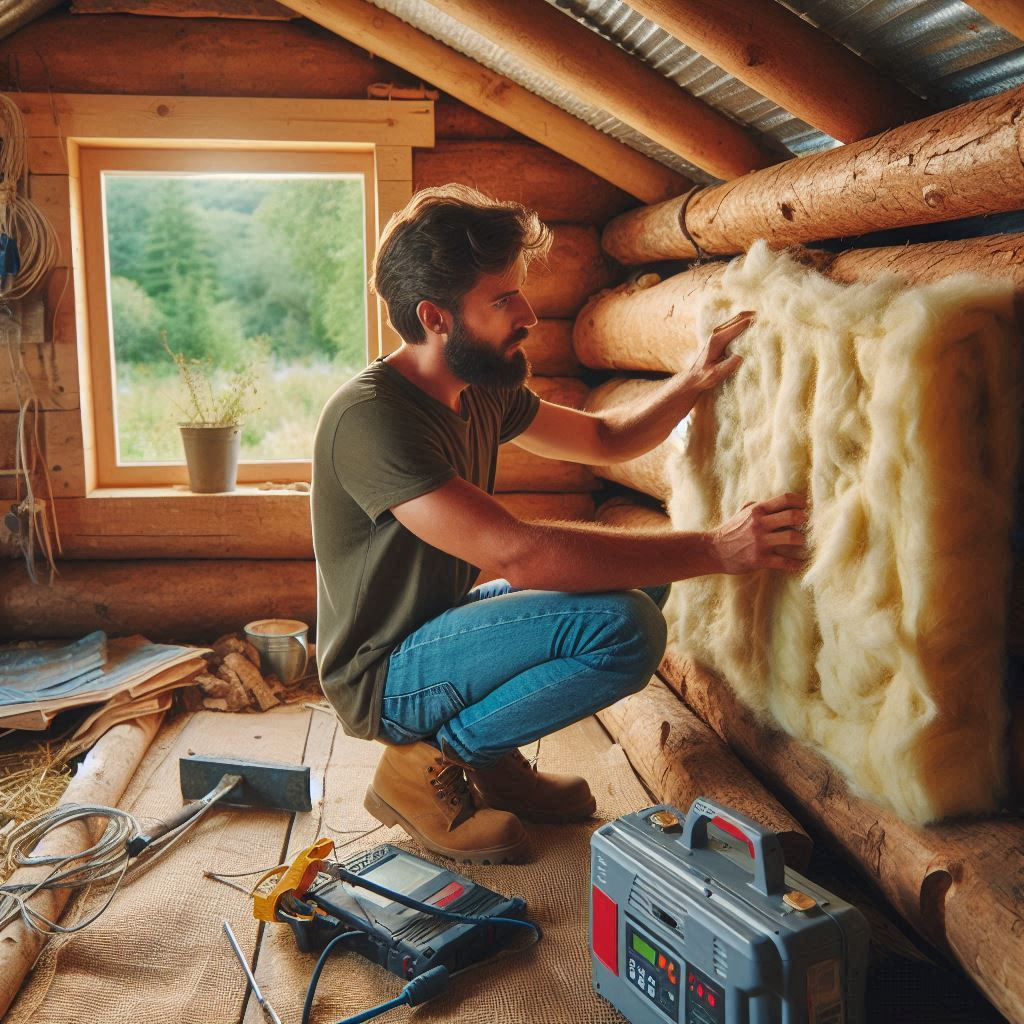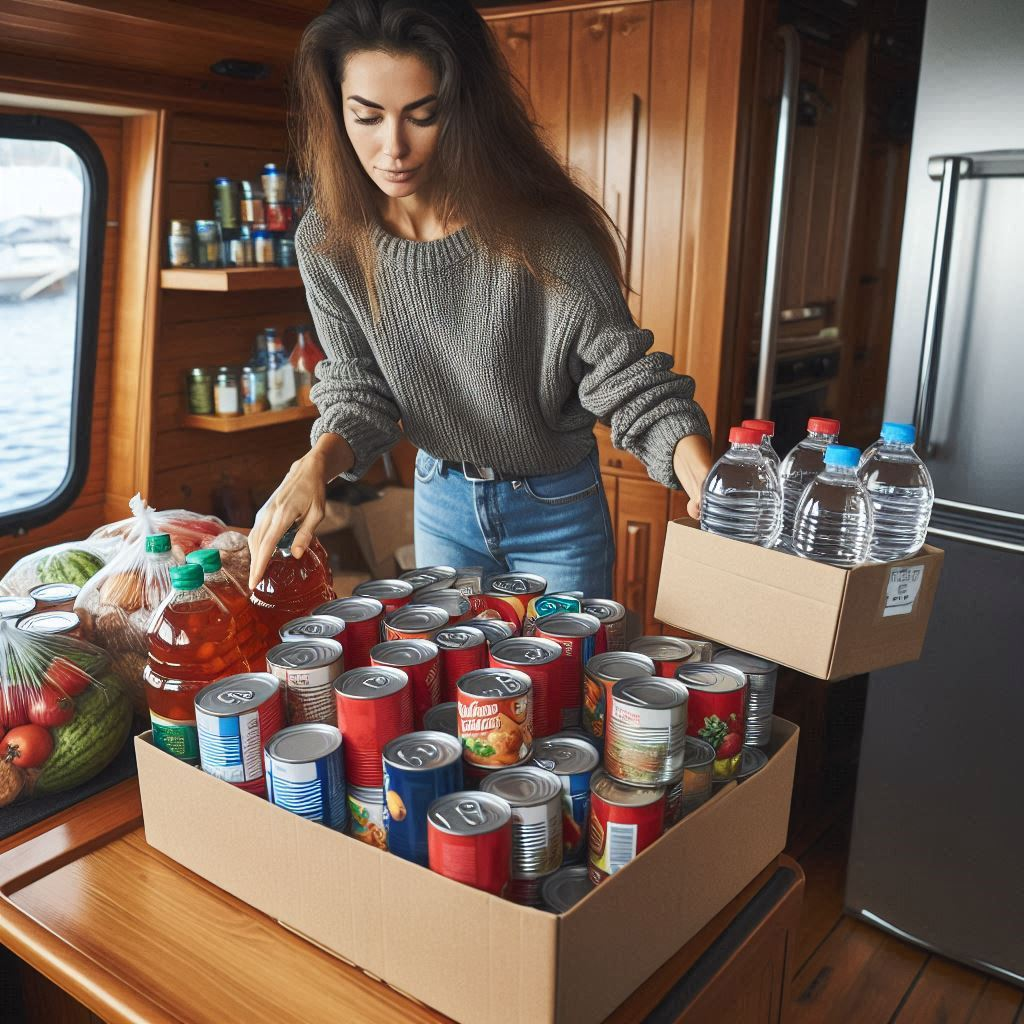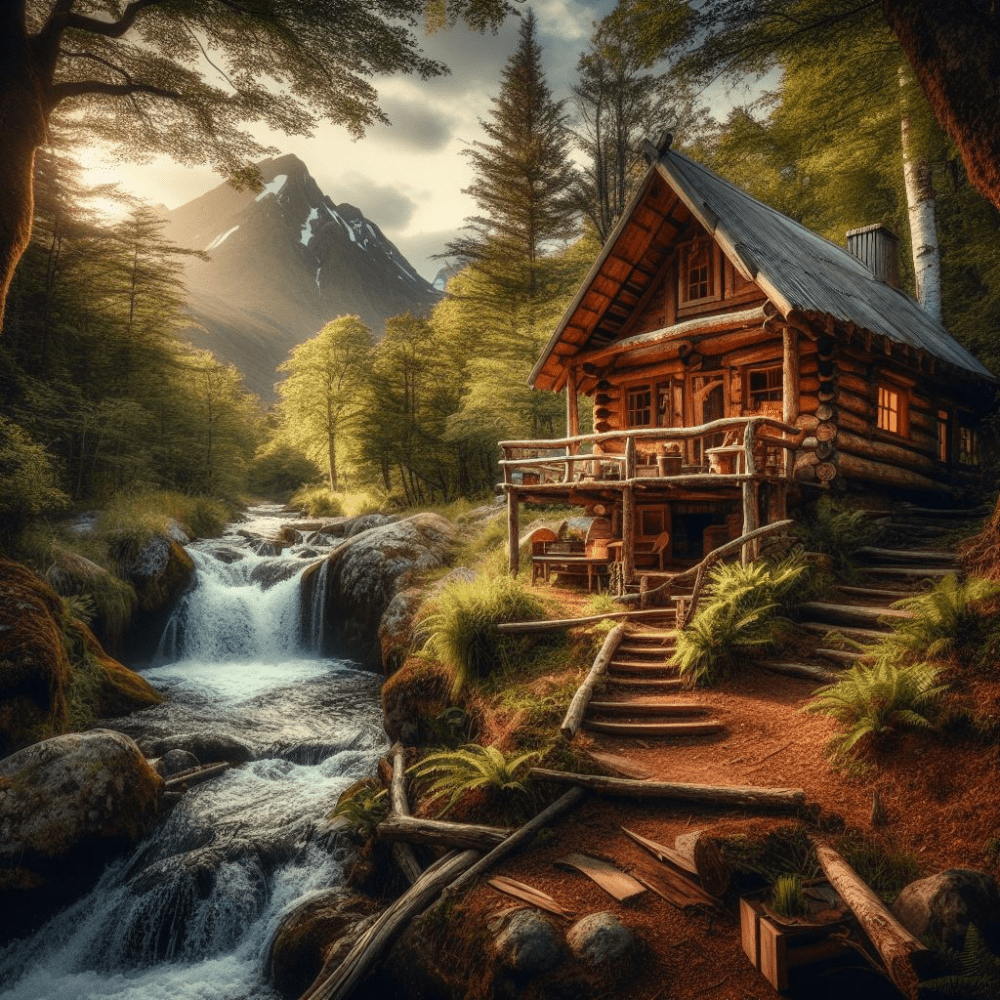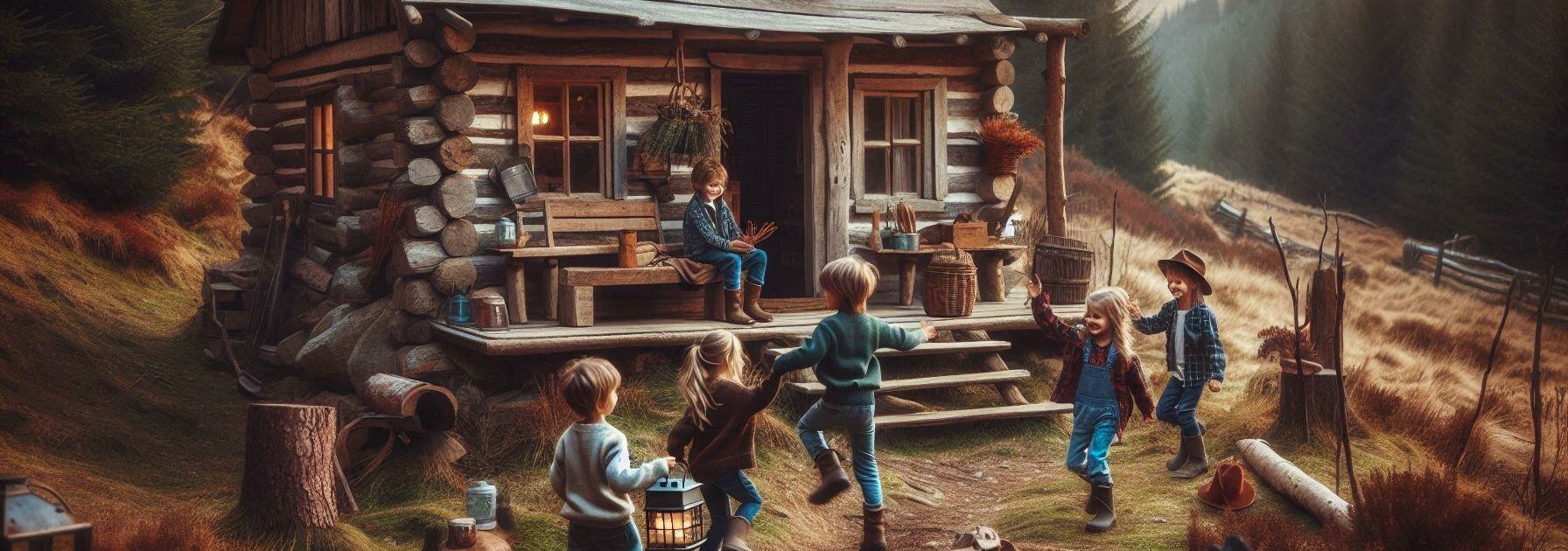As the leaves turn amber and the air begins to chill, it’s clear that winter is on the horizon. If you’re a cabin owner, this isn’t just about enjoying the first snowfall – it’s also about ensuring your retreat stays snug and secure against the winter’s wrath. Neglecting to prepare your cabin for winter can invite a host of problems from burst pipes to unwanted critters seeking refuge.
The risk of letting winter catch you unprepared can’t be overstated. Water damage, broken heating systems, and structural issues are just the tip of the iceberg. But I’m not here to scare you. I’m here to walk you through a step-by-step process that will help protect your cabin and your peace of mind. Taking preemptive action can save you from costly repairs and unnecessary headaches.
You’re going to find out about the key steps in the process; each one is vital. We’ll cover everything from insulation to safeguarding pipes, from roof repairs to an emergency readiness plan. This introduction is just the start of your journey to a well-protected cabin.
Now, insulation isn’t just a nice-to-have; it’s the heart of any serious winterization effort. Getting it right means maintaining warmth, conserving energy, and shielding your pocket from soaring utility bills. So let’s brave the cold together as we move on to the details of how to keep the chill out of your cherished cabin.
Insulating Your Haven: Keeping the Cold at Bay
I’m going to dive right into the heart of cabin preparation – insulation. Now, this isn’t just about comfort; it’s also a matter of efficiency. Keeping the warm air in and the cold air out is a battle best won well before the first snowflake falls. Insulation isn’t one-size-fits-all, though, so let’s break down what you need to consider to get it just right.

First up, you’re going to find out about detecting drafts. The usual suspects are windows and doors, where gaps can let in chilly breezes. I recommend going around your cabin with a lit incense stick on a windy day. Watch where the smoke goes – if it’s being sucked out or pushed inward, you’ve found a draft. Seal these leaks with weather-stripping, or for bigger gaps, use expanding foam sealant.
Next, let’s talk about pipes and water heaters. Frozen pipes are a nightmare – they can burst and cause substantial damage. Insulate them with foam tubing that you can find at any hardware store. And don’t forget to give your water heater a cozy blanket – specially made insulating jackets can reduce heat loss.
Snow Blowers, Generators, Lawn Mowers, Chain Saws, Weed Trimmers: This Company Has It All To Outfit Your Cabin. Just Click On The Banner Below:
So, here’s another critical area: your attic and walls. If your cabin’s a bit older, it might need an insulation upgrade. Adding or replacing insulation can be a DIY project, but if you’re unsure, hiring a professional might be your best bet. Trust me; it’s worth the investment.
Now, remember how I mentioned your windows and doors? It’s time to check and replace old weather-stripping. Caulk any cracks or spaces around window and door frames to ensure that not even a whisper of cold air can enter. Doing this also helps regulate your cabin’s temperature, which is a boon for energy savings.
All these efforts inside pave the way for what comes next – taking care of the cabin exterior. After all, true fortification against winter involves both the inside and outside of your cabin.
Fortifying the Exterior: Your Cabin’s Shield Against Winter
You can’t overlook the exterior of your cabin when gearing up for winter. Think of it as your fortress against the harsh elements. Here’s what you’ll want to focus on to bolster your cabin’s defenses.
Starting with the roof, it’s your first line of defense against snow and ice. You’re going to want to get up there—or hire a professional—to look for missing shingles, cracks, or anything that looks out of place. Even small leaks can lead to big problems when it’s freezing outside.
Gutters and downspouts might not seem like a big deal, but trust me, they are. If they’re clogged when the cold hits, you could end up with ice dams, which are not only a nuisance but can also cause serious damage. Cleaning them out can prevent a lot of headache down the road.
Next up: the trees. You don’t want a winter storm to send branches crashing down on your cabin. Trimming back trees and securing loose items is an easy way to reduce that risk. It’s like tying down the hatches before a storm at sea.
Lastly, consider the paint or stain on your cabin’s exterior. It does more than make your cabin look good—it’s an essential barrier against moisture and decay. Make sure it’s in good shape, and if it’s not, a fresh coat before winter sets in can do wonders.
Wrapping Up Warm: Ensuring a Cozy and Safe Winter Retreat
You’ve fortified the exterior of your cabin — it’s now a resilient shield against the rigor of winter. But there’s a bit more to iron out before you can say your alpine abode is ready for the big freeze. Taking the time to prepare for unforeseen circumstances can make all the difference between a winter wonderland and a frosty fiasco.

Begin by stockpiling the necessities. I’m talking about food that won’t spoil quickly, a sufficient stash of freshwater, and a well-equipped first-aid kit — because accidents don’t take a break, even in the chilliest months.
Next, let’s talk heat. Your heating system has got to be in tip-top shape, and hey, while you’re at it, have a backup heat source in the wings. It’s essential. If you can swing it, I also recommend a generator to keep the lights on during any pesky power outages.
Craft an emergency plan and communicate it well. Make sure everyone who might be using the cabin knows what to do if they’re snowed in or if something else unexpected happens. And while it might seem obvious, it’s crucial to ensure you have functioning smoke detectors and carbon monoxide alarms — these are your silent guardians.
My last piece of advice? Check everything twice. It’s not about being paranoid; it’s about being prepared. And trust me, when you’re nestled indoors, watching the snowfall with a hot cup of cocoa in hand, you’ll thank yourself for the effort you put in now. So here’s to a safe, secure, and snug winter season in your beloved cabin.
If you have electricity in your cabin, then during the winter time especially, it always good to have a back up generator in case your power goes out. Click on the banner below to see what Power Smart has to offer.







